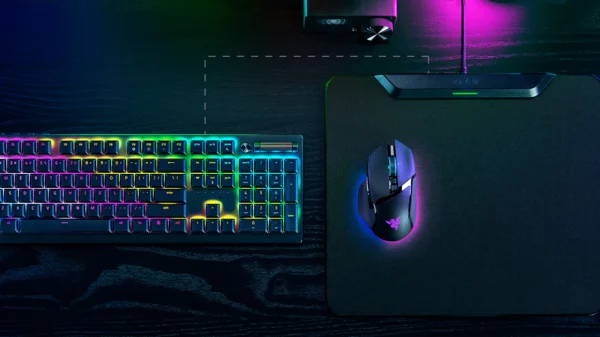Nvidia Delays RTX 5070 Launch in Response to AMD’s Upcoming GPU Reveal
In a strategic shift, Nvidia has officially pushed back the release date of its highly anticipated RTX 5070 graphics card. Originally expected to launch in February 2025, the card will now make its debut on March 5, 2025. The timing of this delay is no coincidence—Nvidia appears to be carefully planning its response to AMD’s upcoming Radeon RX 9070 and 9070 XT announcement, scheduled for February 28, 2025.
A calculated move by Nvidia, this delay allows the company to assess AMD’s latest offerings before finalizing its own pricing and performance positioning. Given the competitive nature of the GPU market, Nvidia seems keen on ensuring that its next-generation hardware remains a compelling choice for gamers and professionals alike.
A Strategic Adjustment by Nvidia
Nvidia’s decision to delay the RTX 5070 launch appears to be a deliberate tactic aimed at countering AMD’s upcoming GPU lineup. The Radeon RX 9070 series is expected to challenge Nvidia’s RTX 4070 Super and 4070 Ti, promising strong performance coupled with AMD’s well-known price-to-performance advantage. By postponing the RTX 5070 release date until after AMD’s reveal, Nvidia gains the flexibility to refine its pricing strategy and marketing efforts based on how AMD’s new GPUs are received.
Current reports suggest that Nvidia’s RTX 5070 will launch at a price of $549, with speculation that its performance could be comparable to the high-end RTX 4090. However, such claims should be taken with some skepticism until independent benchmarks confirm real-world performance. Meanwhile, the RTX 5070 Ti remains on schedule for a February 20, 2025 release, nearly a week before AMD’s planned announcement. This more powerful variant will be priced at $749, positioning it as an option for users seeking additional performance.
AMD’s Upcoming Reveal and Potential Surprises
On February 28, AMD is set to host a livestream event where the company will unveil the Radeon RX 9070 and 9070 XT GPUs. According to industry reports, these new graphics cards will likely offer performance levels similar to Nvidia’s RTX 4070 Ti and 4070 Super, targeting the mid-to-high-end gaming segment. AMD, known for its aggressive pricing strategies, could introduce these GPUs at highly competitive prices, potentially shifting the balance in the consumer GPU market.
While AMD’s gaming marketing chief, Frank Azor, has already dispelled rumors that the Radeon RX 9070 XT will include 32GB of VRAM, he has not ruled out the possibility of an additional high-end AMD GPU still being in the pipeline. This has fueled speculation regarding a potential surprise reveal at the event, which could further shake up the competition.
What This Means for Buyers
The revamped release timeline sets the stage for an interesting dynamic between AMD and Nvidia. For gamers and PC enthusiasts looking to upgrade their hardware, patience could be key. AMD’s Radeon RX 9070 series may offer compelling alternatives at a lower cost, potentially forcing Nvidia to re-evaluate RTX 5070 pricing. Given Nvidia’s strong financial position—it recently reported $20 billion in profit in a single quarter—the company has the flexibility to engage in a pricing battle if necessary.
Consumers considering an upgrade should wait until AMD’s official announcement on February 28 before making a purchasing decision. If AMD delivers strong performance at aggressive prices, Nvidia may react with price adjustments or enhanced marketing efforts to maintain its competitive edge.
Looking Ahead
With the RTX 5070 Ti arriving on February 20, AMD’s major event on February 28, and the RTX 5070 release following on March 5, the coming weeks will be pivotal for the GPU market. Additionally, rumors about a high-end AMD GPU featuring 32GB of VRAM continue to circulate, though official confirmation remains elusive.
This ongoing competition between Nvidia and AMD highlights the importance of strategic timing and market positioning within the industry. As both companies adjust their strategies, one thing is certain—consumers stand to benefit from increased competition, which often leads to better hardware at more attractive price points.
Stay tuned for further updates as the battle for GPU supremacy continues to unfold.








































